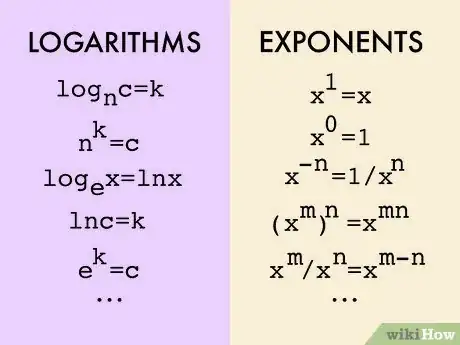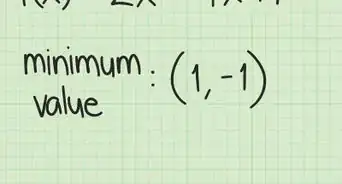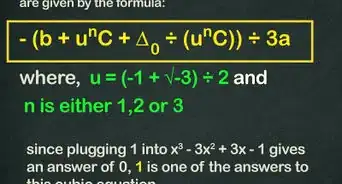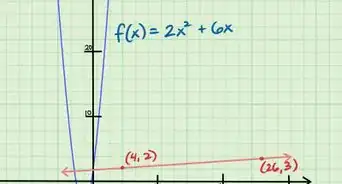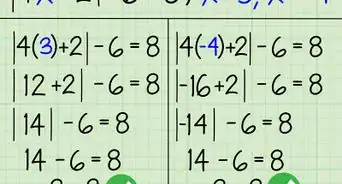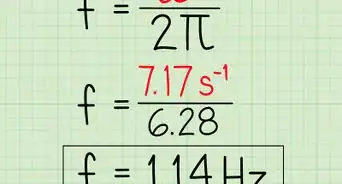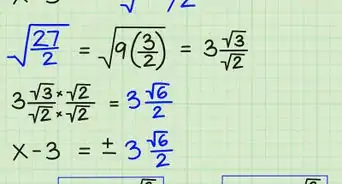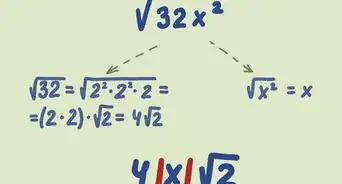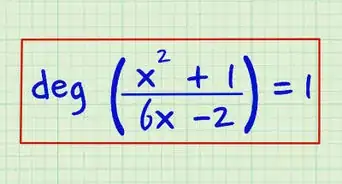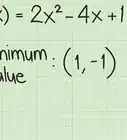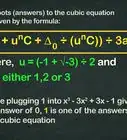X
wikiHow is a “wiki,” similar to Wikipedia, which means that many of our articles are co-written by multiple authors. To create this article, volunteer authors worked to edit and improve it over time.
There are 7 references cited in this article, which can be found at the bottom of the page.
This article has been viewed 5,395 times.
Learn more...
Group theory is a branch of abstract algebra which deals with algebraic structures called groups.[1] Groups are seen throughout mathematics and have influenced many parts of algebra. This article outlines how to learn group theory.
Steps
-
1Get a grip on set theory. Sets are well-defined collections of objects[2] Set theory is essential to studying group theory. Learn about sets, operations on them, and the Cartesian product of sets.
- Go by the formal definitions of sets because you need that kind of rigour for completely understanding set theory.
- Study the axioms of the Zermelo–Fraenkel set theory.
- While basic notions of sets would suffice for starting out with group theory, it is always a lot better to learn a little more than required!
-
2Learn about the set of real numbers, its subsets such as rational numbers and its properties.[3] Natural numbers, whole numbers, rational and irrational numbers and integers are all subsets of real numbers, and while they do have some properties in common, there are distinct properties of each subset.
- Learn about the properties of real numbers. For example, the square of a real number is always non-negative.
- Learn about the distinct properties of the some of the different subsets of real numbers. For example, the square of a rational number is always rational, but the square of an irrational number may be rational, or irrational.
- Use these properties and actively reference them whenever you are solving or proving something. For example, if you have a problem which makes use of some non-zero real number 'a'. If you are dividing with 'a', specify that it is allowed, since a is given to be non-zero.
Advertisement -
3Study real functions[4] . Learn the definitions of functions, the domain, subdomain and range of a function. Also study types of functions, such as injections and surjections and the existence of the inverse of a function.
- Learn graphing. Graphing gives an extensive idea of a function's behavior. For example, a quadratic function f(x) = ax^2 + bx + c either touches the x-axis once, which means there is a repeated root of the equation f(x) = 0, or cuts it twice, which implies f(x) = 0 has two distinct real roots, or doesn't meet the x - axis at all, which means that there exist no real solutions to f(x) = 0.
- Study some special functions, such as trigonometric function and the factorial, exponential, signum functions and their properties and graphs.
- Also learn about relations and their properties.
-
4Familiarise yourself with complex numbers[5] . Learn about their form, properties, modulus and conjugate of a complex number and operations on them.
- Also study their visualisation on the complex plane, and the fundamental theorem of algebra, De-Moivre's theorem and Euler's formula.
- Learn about the roots of unity and the arguments of complex numbers.
- Solve a lot of problems involving complex numbers and get comfortable around them.
-
5Learn about binary operations. A binary operation on a set S is a mapping from the Cartesian product of S to S.[6] Performing the operation on an ordered pair in S yields an element in S. Thus S is said to be closed under that operation.
- The operation addition is a binary operation on the set of real numbers, because the sum of any two real numbers is also a real number.
- The set of natural numbers is not closed under subtraction because the difference of two natural numbers is not necessarily natural.
- Learn about associativity and commutativity of binary operations.
-
6Start out with groups and subgroups. Definitions of groups, whether an ordered pair (G, *) is a group and different examples should give you a basic idea of how groups work. [7]
- Study different basic theorems on groups, such as the theorem which proves the existence of left and right cancellation laws and the theorem which proves the uniqueness of the identity and the inverses. Also study the properties of groups and different special groups, such as the group of Zn under addition modulo n.
- Learn about abelian groups and their specific properties.
- Explore finite groups, Cayley tables and Lattice diagrams.
- Learn about subgroups, cyclic subgroups, cyclic groups, generators, and their properties.
- Also learn about semigroups and monoids.
-
7Learn about the basic idea of isomorphism. While you may not completely understand it at this point, it is important to have a basic notion of it.
- Learn about isomorphic and non-isomorphic binary structures.
- Study group isomorphism and its consequences.
- Find out whether some pairs of groups are isomorphic, for example, the group of all real numbers with respect to addition is isomorphic to the group of all positive real numbers under multiplication.
-
8Progress onto groups of permutations, orbits and cosets, direct products and finitely generated abelian groups. Learn the definition of permutations, its properties and permutation multiplication.
- Learn about the alternating group, even and odd permutations and Cayley's theorem.
- Learn about orbits and cycles, length of a cycle, expressing permutations as products of disjoint cycles and transpositions.
- Study the Theorem of Lagrange in cosets.
- Study about direct products, finitely generated abelian groups and the fundamental theorem of finitely generated abelian groups.
-
9Don't be afraid to seek help. You can ask your instructor, or anybody else who can teach you. There are many videos on YouTube and many articles on the internet that deal with group theory. Research and build on your basic knowledge.
- Look for good textbooks which you can understand the style of. Solve the exercises given in them.
- Take your time. Work out different problems and theorems. Progress slowly onto more advanced concepts of group theory.
Advertisement
References
- ↑ https://www.britannica.com/science/group-theory
- ↑ https://plato.stanford.edu/entries/set-theory/
- ↑ https://www.britannica.com/science/real-number
- ↑ https://mathworld.wolfram.com/RealFunction.html
- ↑ https://mathworld.wolfram.com/ComplexNumber.html
- ↑ https://mathworld.wolfram.com/BinaryOperation.html
- ↑ https://mathworld.wolfram.com/Group.html
About This Article
Advertisement

